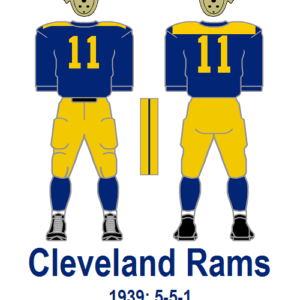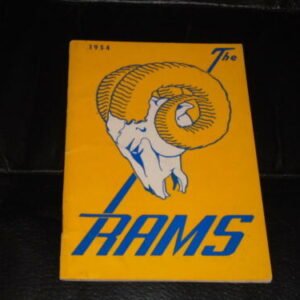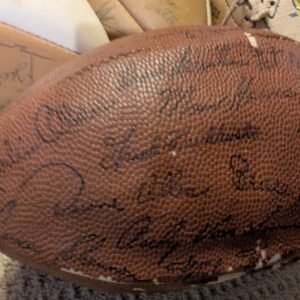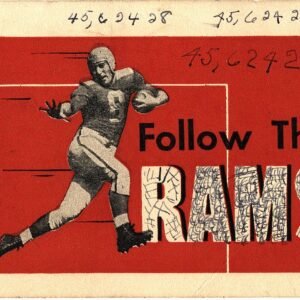Description
The 1950 Los Angeles Rams had a memorable and historic season, marking a new era for the franchise as the NFL continued to evolve and grow. The team made significant strides in both offense and defense, resulting in a strong regular-season performance and ultimately making a playoff appearance.

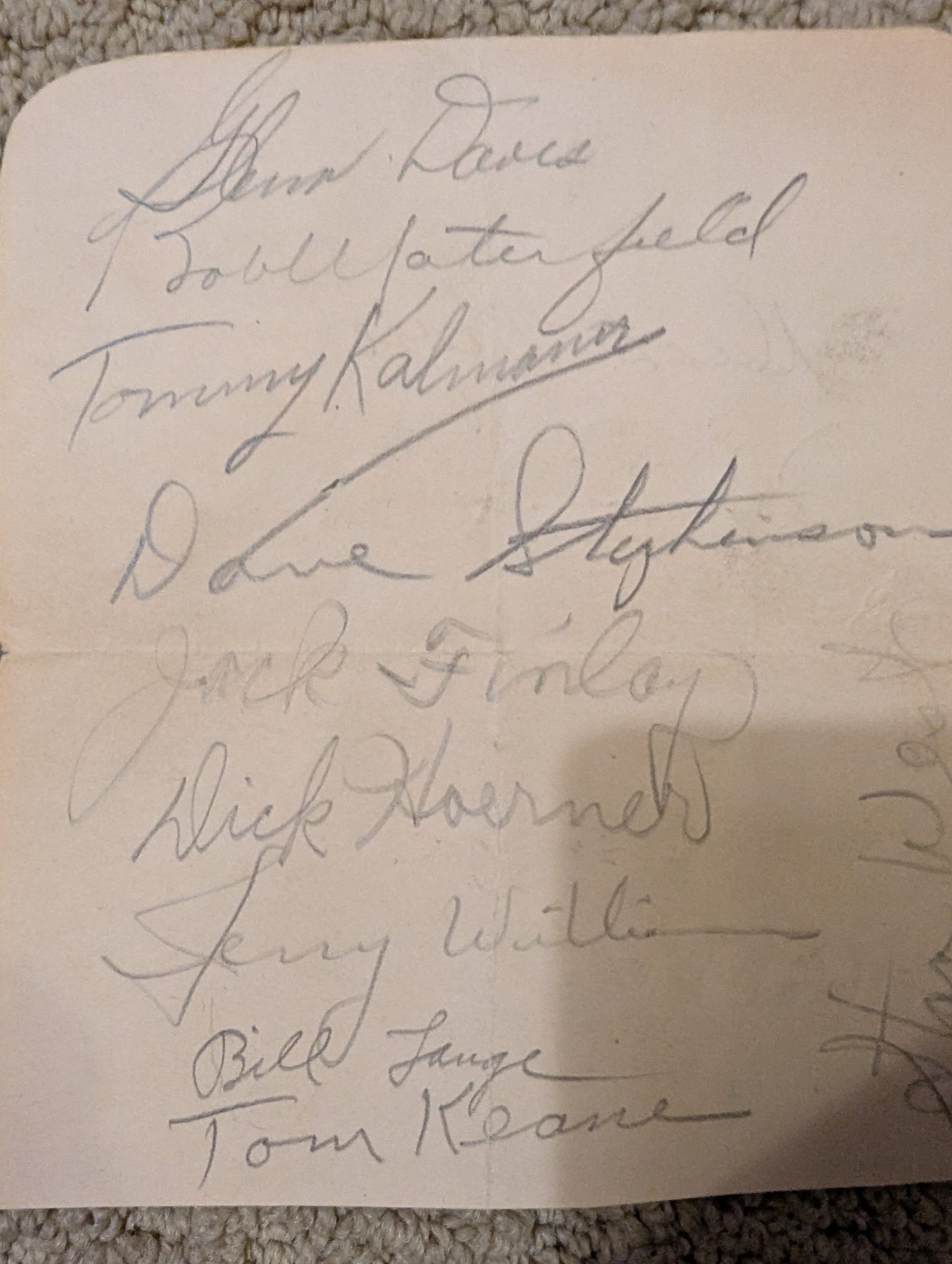
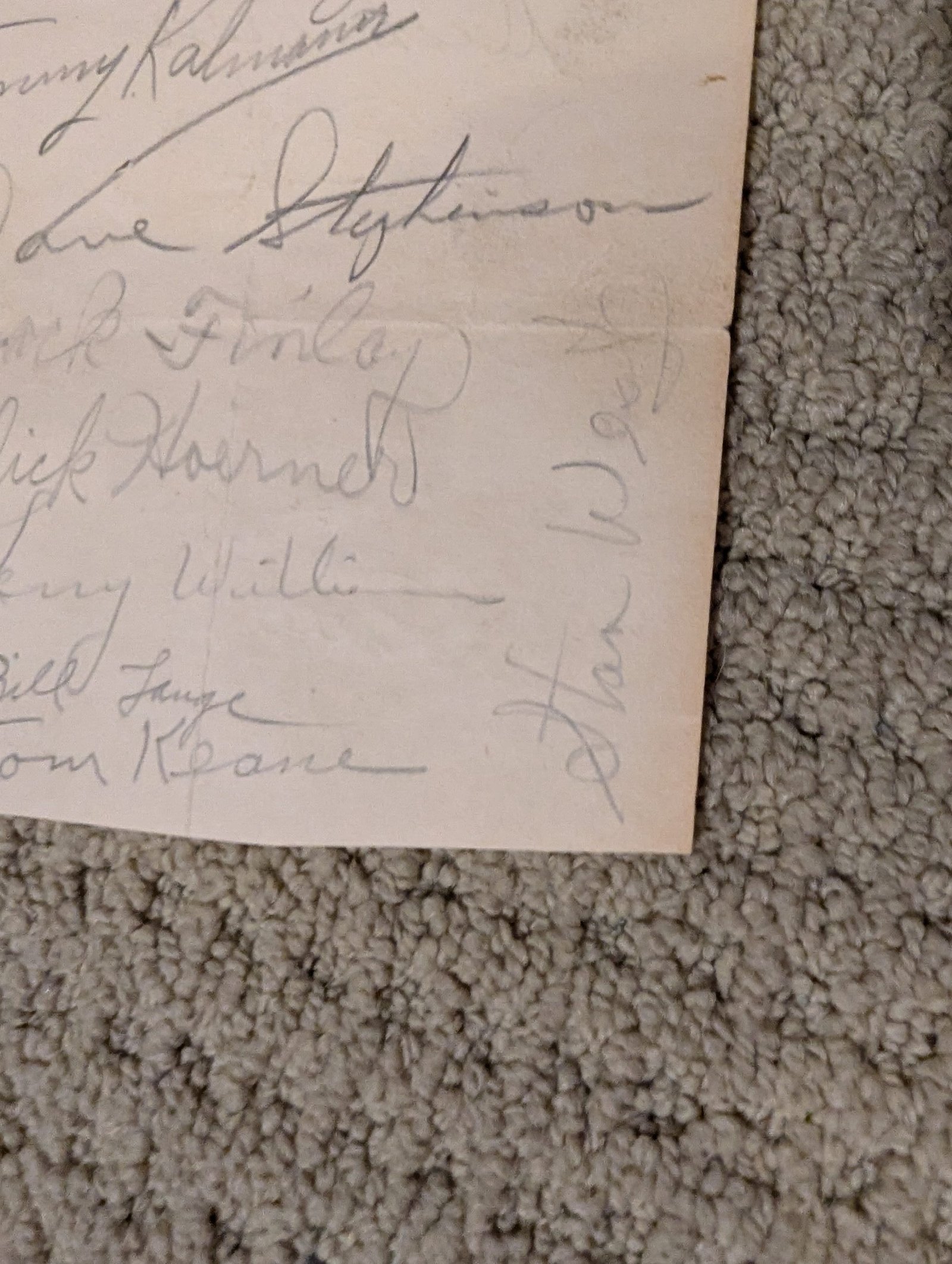
Here’s a breakdown of the 1950 Los Angeles Rams season:
Key Points about the 1950 Los Angeles Rams:
-
Record:
- The 1950 Rams finished the regular season with an 9-3 record, marking their best performance since relocating to Los Angeles in 1946.
- The team finished in 2nd place in the NFL Western Division, behind the Chicago Bears, but the Rams had a much-improved performance compared to previous seasons.
- The 9-3 record was impressive, especially considering the growing competition in the NFL, including the merger with the All-America Football Conference (AAFC), which added teams like the Cleveland Browns and San Francisco 49ers to the mix.
-
Coaching:
- Joe Stydahar remained the head coach of the Rams in 1950. Under his leadership, the Rams saw significant improvements on both sides of the ball, with an explosive offense and a much stronger defense compared to previous years.
- Stydahar’s emphasis on team balance helped the Rams become more competitive, and the 1950 season marked the beginning of a new era of success for the franchise.
-
Key Players:
- Bob Waterfield, the star quarterback, continued to lead the Rams’ offense. Although he was not the same player he had been in the 1940s, Waterfield was still an effective leader and playmaker.
- Tom Fears, the wide receiver, remained a key weapon for the Rams. Fears, already one of the top receivers in the league, continued to be the primary target for Waterfield.
- Elroy “Crazylegs” Hirsch, one of the NFL’s top deep threats, continued to make an impact as a wide receiver. Hirsch’s speed and ability to stretch defenses made him a dangerous weapon in the passing game.
- Defensive players like Merlin Olsen (defensive tackle) and Dick Bass (running back) played key roles in both defensive and offensive schemes, helping the Rams solidify their competitive standing.
-
Offense:
- The Rams’ offense in 1950 was explosive and balanced, with a strong passing game led by Bob Waterfield, and a solid rushing attack.
- Bob Waterfield’s passing was complemented by the abilities of his receivers, particularly Tom Fears and Elroy Hirsch. These two wide receivers gave Waterfield multiple deep threats, making the Rams’ passing attack one of the best in the league.
- The team was effective in both the air and on the ground, as Dick Bass and Glenn Davis (running back) provided solid contributions in the rushing game.
-
Defense:
- The Rams’ defense was much improved in 1950. While they still had some issues to iron out, the defense was tougher and more competitive compared to previous seasons.
- The Rams’ defensive unit was led by key players like Merlin Olsen, who would go on to have a Hall of Fame career. His presence on the defensive line helped bolster the Rams’ defensive front and slow down opposing offenses.
- The Rams’ defense was solid enough to support their high-powered offense, giving the team balance and making them one of the top contenders in the league.
-
Playoffs:
- The 1950 Los Angeles Rams qualified for the NFL playoffs, marking their first postseason appearance since the team moved to Los Angeles in 1946.
- They faced the Cleveland Browns in the NFL Championship Game on December 24, 1950.
- The Rams lost to the Cleveland Browns 30-28 in a hard-fought game, which was a major disappointment for the team, considering their strong regular-season performance.
- Despite the loss in the championship game, the 1950 Rams’ success laid the foundation for future championship runs and marked a significant step forward for the franchise.
-
NFL Landscape:
- The 1950 NFL season was the first year after the merger of the NFL and the All-America Football Conference (AAFC). This added new teams, including the Cleveland Browns, San Francisco 49ers, and Baltimore Colts, making the league even more competitive.
- The Cleveland Browns, led by Paul Brown and quarterback Otto Graham, were an immediate force in the NFL and proved difficult for many teams to beat, including the Rams in the championship game.
Legacy:
- The 1950 Los Angeles Rams season was significant because it marked the team’s first playoff appearance since relocating to Los Angeles, and their 9-3 record demonstrated that they were a legitimate contender.
- Despite the heartbreaking loss in the NFL Championship Game, the Rams’ performance was an important step in the development of the franchise, showing that they could compete at a high level against other elite teams in the NFL, such as the Cleveland Browns.
- Players like Bob Waterfield, Tom Fears, and Elroy Hirsch were instrumental in the Rams’ success, and their contributions to the offense helped solidify the team’s position as one of the NFL’s top teams in the 1950s.
- The 1950 season also marked the beginning of a more successful era for the Rams, as the team would go on to win NFL Championships in later years and become one of the most prominent teams in the league.
Conclusion:
The 1950 Los Angeles Rams had an outstanding season, finishing with a 9-3 record and earning a spot in the playoffs. While they ultimately lost in the NFL Championship Game to the Cleveland Browns, the 1950 season was a breakthrough year for the franchise. The Rams showed they were a force to be reckoned with, thanks to a high-powered offense and a much-improved defense. This season set the stage for even greater success in the future and marked the beginning of a new era for the Los Angeles Rams in the NFL.
Head Coach: *Joe Stydahar
|

